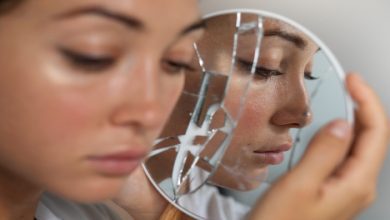Ipoh Echo’s EYE HEALTH series continues with Consultant Eye Surgeon Dr S.S. GILL talking to us about PTERYGIUM.
It is not uncommon to see people with fleshy triangular shaped growths in the inner corner of their eyes, known as pterygium. The word pterygium (pronounced with the “p” silent) is derived from Greek word “wing” which is the shape of this fleshy growth.
It is a wedge-shaped growth of thin tissue (conjunctiva) that covers the white outer surface of the eye (sclera). It may involve one or both eyes. It may remain small or may grow large enough to interfere with vision.
CAUSES


It is also seen more in individuals who have eye irritation due to low humidity, dusty and smoky conditions. Patients who suffer from underlying dry eyes may be also be more prone to developing a pterygium. It is rarely seen in children.
SYMPTOMS
It often has no symptoms most of the time apart from the cosmetic aspect of seeing a fleshy growth on the inner aspect of the eye. Most of the time it is painless except when it sometimes gets inflamed. When this happens, it becomes red and swollen due to the dilated blood vessels in the pterygium. It may then result in a foreign body “scratchy” or itchy feeling in the eye. In advanced cases the pterygium can grow over the clear part of the front of the eye thus obscuring the optical center of the cornea resulting in a significant loss of vision.
TREATMENT
In the early stages, non-invasive treatment is needed. A person is usually advised to wear protective sunglasses whenever exposed to sunlight or windy conditions. Any underlying dry eyes will need to be treated properly in order to prevent progression of the pterygium.
In cases where the pterygium grows to the extent that it blocks vision or develops symptoms of inflammation that are hard to control, then it should be surgically removed. Should surgery be done, the surgical outcome is usually good in most patients. However, a pterygium may regrow after it is removed. Have an eye examination once a year in order to ascertain the extent of the pterygium before it begins to affect vision and wearing protective sunglasses and a broad hat to prevent the exposure to sunlight is advised.


